Lymphoplasmacytic lymphoma CT scan
|
Lymphoplasmacytic lymphoma Microchapters |
|
Differentiating Lymphoplasmacytic Lymphoma from other Diseases |
|---|
|
Diagnosis |
|
Treatment |
|
Case Studies |
|
Lymphoplasmacytic lymphoma CT scan On the Web |
|
American Roentgen Ray Society Images of Lymphoplasmacytic lymphoma CT scan |
|
Risk calculators and risk factors for Lymphoplasmacytic lymphoma CT scan |
Editor-In-Chief: C. Michael Gibson, M.S., M.D. [1]; Associate Editor(s)-in-Chief: Sara Mohsin, M.D.[2]
Overview
In lymphoplasmacytic lymphoma, CT scan imaging of chest, abdomen, and pelvis may show evidences of lymphadenopathy and hepatomegaly. CT of the lungs or abdomen can also be diagnostic for infection, which is particularly relevant to immunocompromised patients.
CT scan
- CT scan imaging with IV contrast of chest, abdomen, and pelvis can be done to measure the tumor load.[1][2]
- Lymphoplasmacytic lymphoma shows evidence of lymphadenopathy, and hepatosplenomegaly.[1]
- CT of the lungs or abdomen can also be diagnostic for infection, which is particularly relevant to immunocompromised patients.
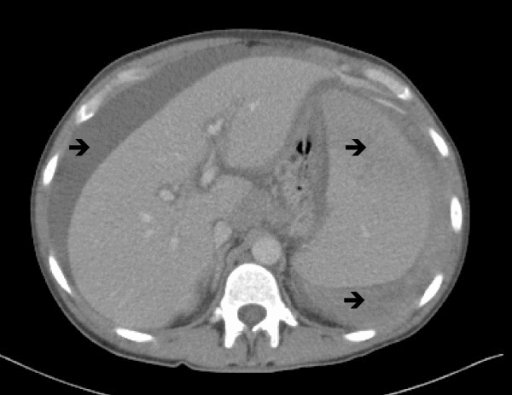 |
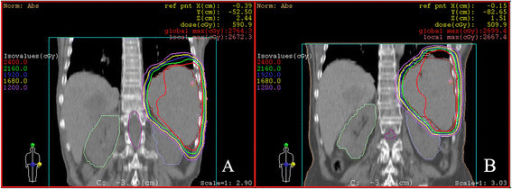 |
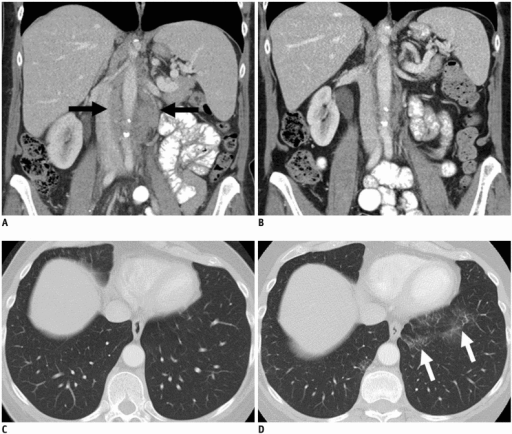 |
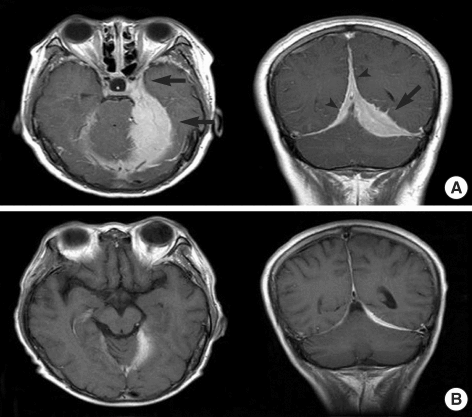 |
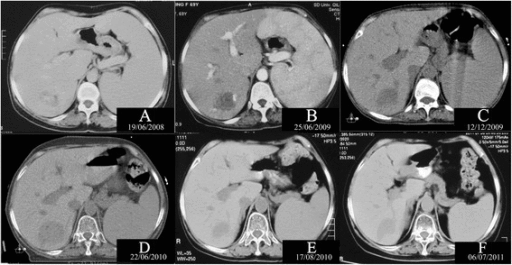 |
References
- ↑ 1.0 1.1 Banwait R, O'Regan K, Campigotto F, Harris B, Yarar D, Bagshaw M, Leleu X, Leduc R, Ramaiya N, Weller E, Ghobrial IM (2011). "The role of 18F-FDG PET/CT imaging in Waldenstrom macroglobulinemia". Am. J. Hematol. 86 (7): 567–72. doi:10.1002/ajh.22044. PMID 21681781.
- ↑ Saboo SS, Krajewski KM, O'Regan KN, Giardino A, Brown JR, Ramaiya N; et al. (2012). "Spleen in haematological malignancies: spectrum of imaging findings". Br J Radiol. 85 (1009): 81–92. doi:10.1259/bjr/31542964. PMC 3473934. PMID 22096219.